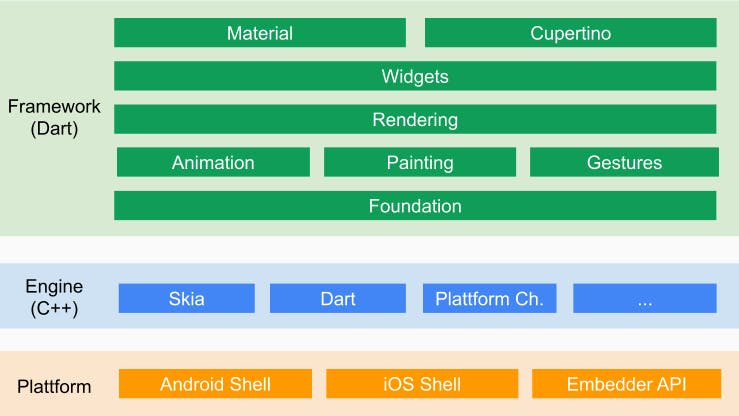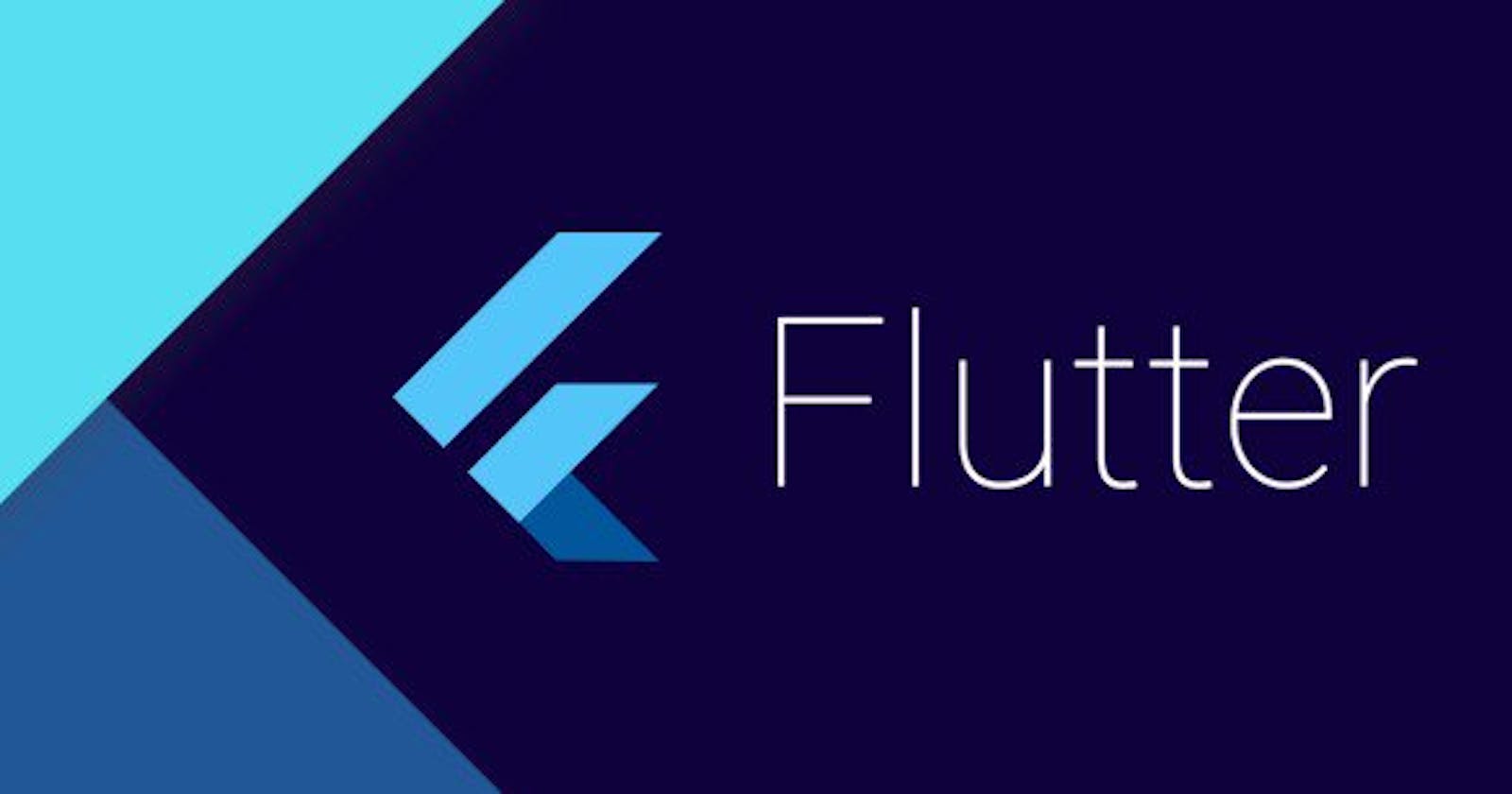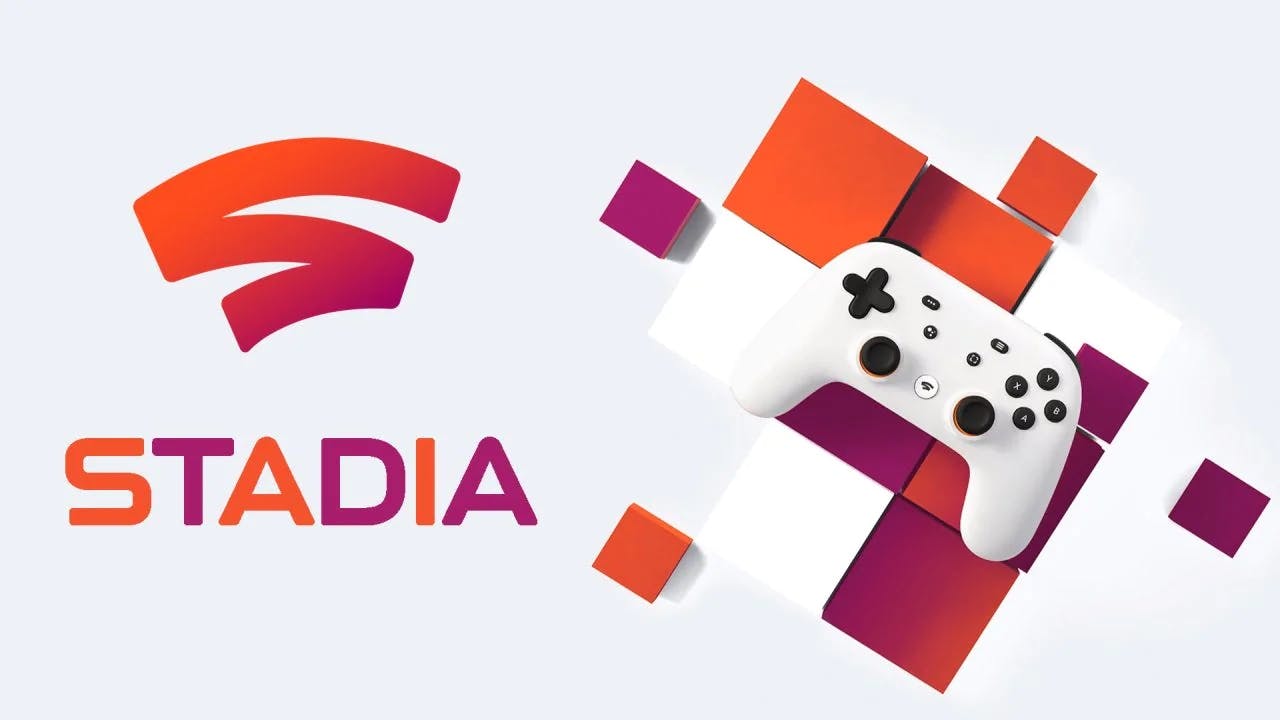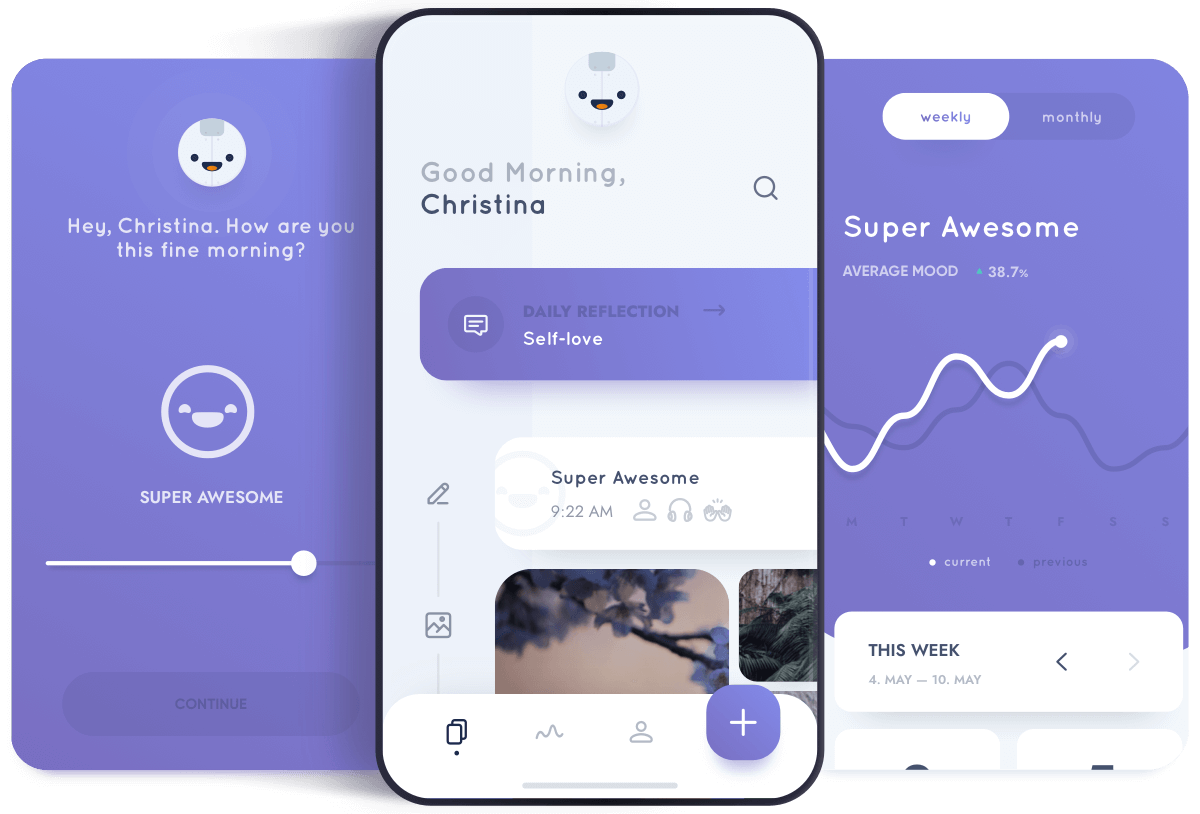What is Flutter?
Understand how Flutter works and its relevance in the Software Development World
Hello there, you may want to know about Flutter. The first app I built was with Flutter and I wrote an article on how it was built, the problems, and how they were solved. You can read the article here. In this article, we would talk about Flutter, how it works, pros and cons of using Flutter.
What is Flutter?
Flutter was first introduced by Google in beta in 2015 and was officially launched in December 2018. Since then, several thousand Flutter apps have been released on app stores.
Flutter is now among the top 11 software repositories based on GitHub stars. Moreover, we have already seen thousands of Flutter apps released on app stores. One of the most notable examples is the Xianyu app created by the Alibaba team, used by over 50 million people.
I have recognized the potential of this framework and in this blog post, I would now like to explain the pros and cons of using Flutter.
Advantages of using Flutter
Saves you time and money
Flutter is a cross-platform development tool. This means that software developers can use the same codebase to create an iOS and Android app. Cross-platform development is the best way to save time and resources during the development process. With Flutter 2.0, you can build apps for the following platforms: Web, Android, IOS, macOS, Windows, Linux distributions, and embedded devices (Watch OS and engine management systems in vehicles) while writing your code just once. Cool right?
Excellent overall performance
Flutter gives wonderful overall performance for 2 reasons. First, it makes use of Dart, which compiles into local code. Second, Flutter has its very own widgets, so there’s no want to get admission to OEM ones. As a result, there’s much less conversation between the app and the platform. These capabilities of Flutter make sure rapid app startup instances and fewer overall performance problems in general.
Flutter Community
One of the maximum impactful matters about Flutter is its hastily developing network that’s continuously growing new libraries and upgrading the general system. This is made feasible thanks to Google being the author and supporter of this framework. This is an amazing element in case you are new to Flutter and need to enlarge your information on it, or maybe in case you are a Flutter veteran who simply desires to preserve up to date with information and new releases from the Flutter world.
Disadvantages of Flutter
A limited set of tools and libraries
Flutter is a new cross-platform application development framework. Many Flutter features are in alpha and beta testing and may not always work properly. In addition, in some cases, it is not possible to obtain the necessary functions in the current library, because the platform is still being finalized. It will take time for Flutter to build the necessary tools, expand functionality, and grow the community. Flutter released version 2.0 in Flutter Engage Edition on March 3, 2021. Most of the issues have been resolved but more still remains to be solved.
Large File Size
Modern users do not want to sacrifice their favorite song or game for the next application, so one of the developer's main tasks is to create the smallest application size possible. Programmers use various tricks to reduce code size, such as not using animations, reducing images, and using the fewest packages and libraries possible.
The framework produces poor outcomes. On other platforms, a 4 MB Flutter app weighs 500Kb. Perhaps Google will address this shortcoming, but it will be some time before it takes effect.
How does Flutter do what it does?
What Flutter does under the hood is game-changing. Stateless or Stateful Widgets are the foundation of any Flutter app, and they can be styled to resemble native Android (Material) or iOS (Cupertino) UI components. Widgets are rendered on a Skia canvas, and advanced animations and gesture recognition are supported.

Flutter can compile the source code to native code ahead of time by using the Dart language. The engine's C/C++ code is compiled using either the Android NDK or the iOS LLVM. Both pieces are wrapped in a "runner" Android and iOS project, which results in an apk or ipa file. Any rendering, input, or event is delegated to the compiled Flutter engine and app code upon app launch. Because the engine must be packaged with the app's apk/ipa file.
Top 5 Apps built with Flutter
EndNote
Flutter has evolved into a very powerful framework that cannot be ignored any longer. Whether you like or dislike Flutter, as an iOS developer, you should definitely try it out to understand its true potential.
The question of whether Flutter will eventually replace native iOS remains unanswered. While we await this response, it is safe to say that Flutter has a promising future. Even if it does not succeed in replacing native app development, it has already proven to be the best UI design framework available at this time.
If you have any questions on Flutter or Mobile App Development. You can drop a comment below and I would answer your question. See you in my next article...





